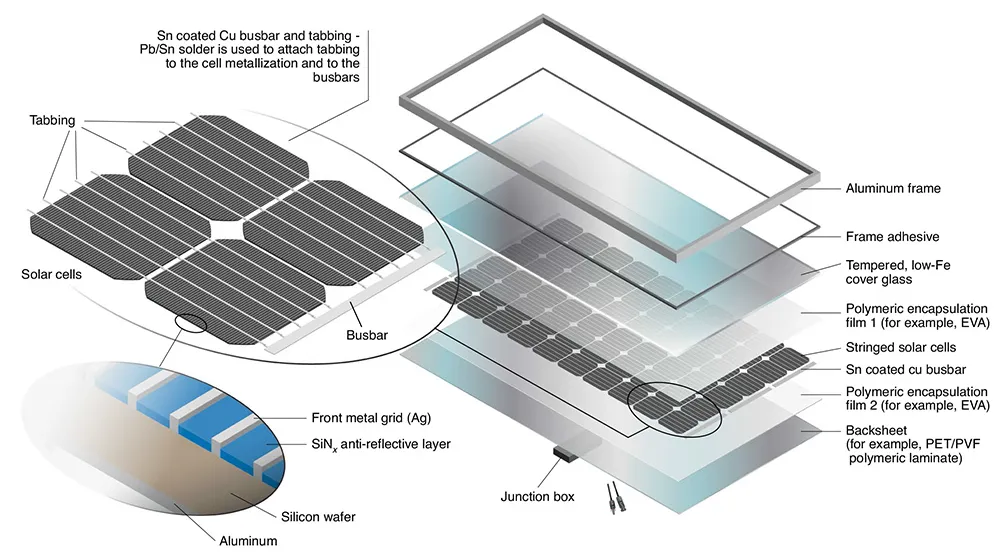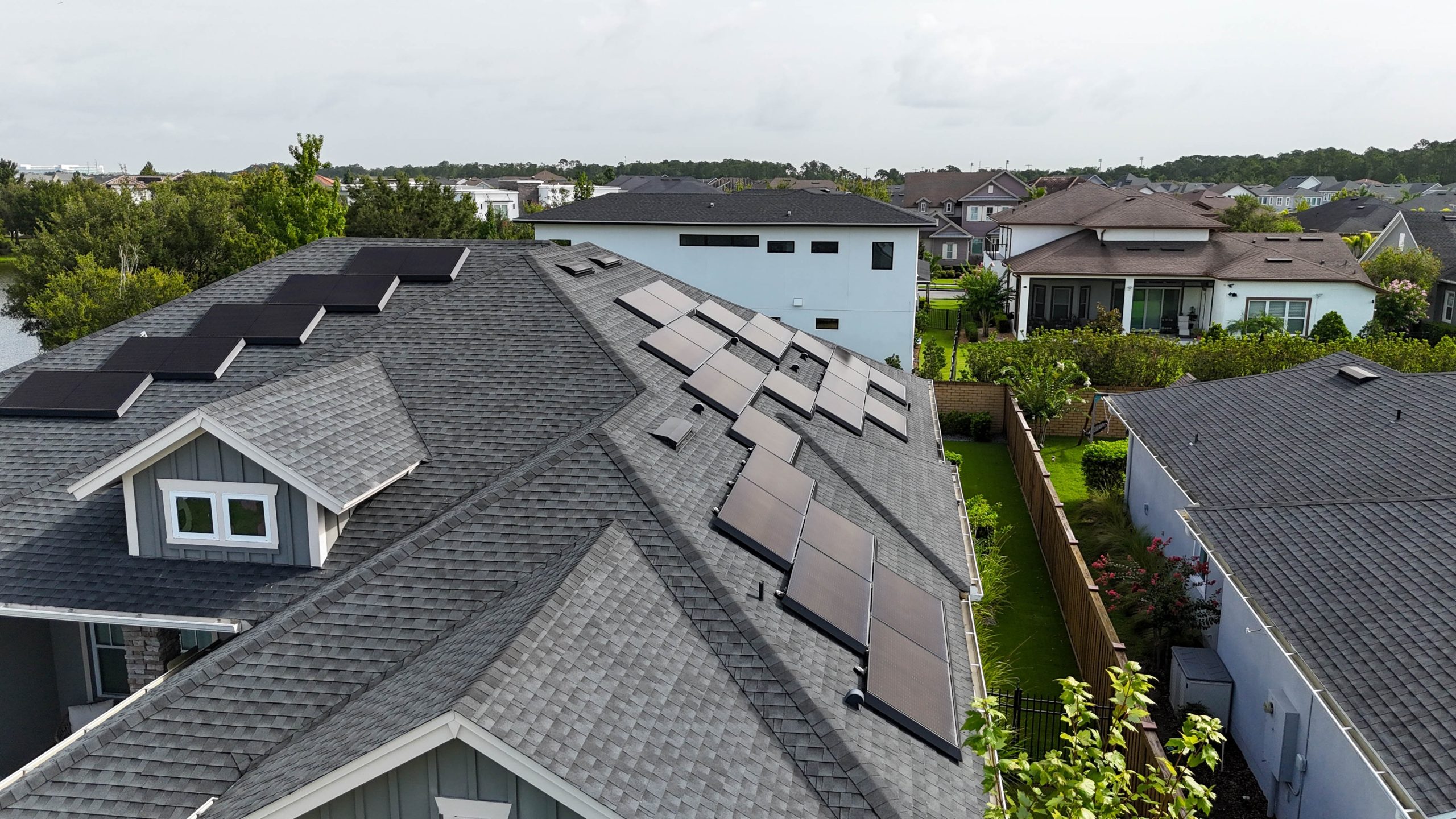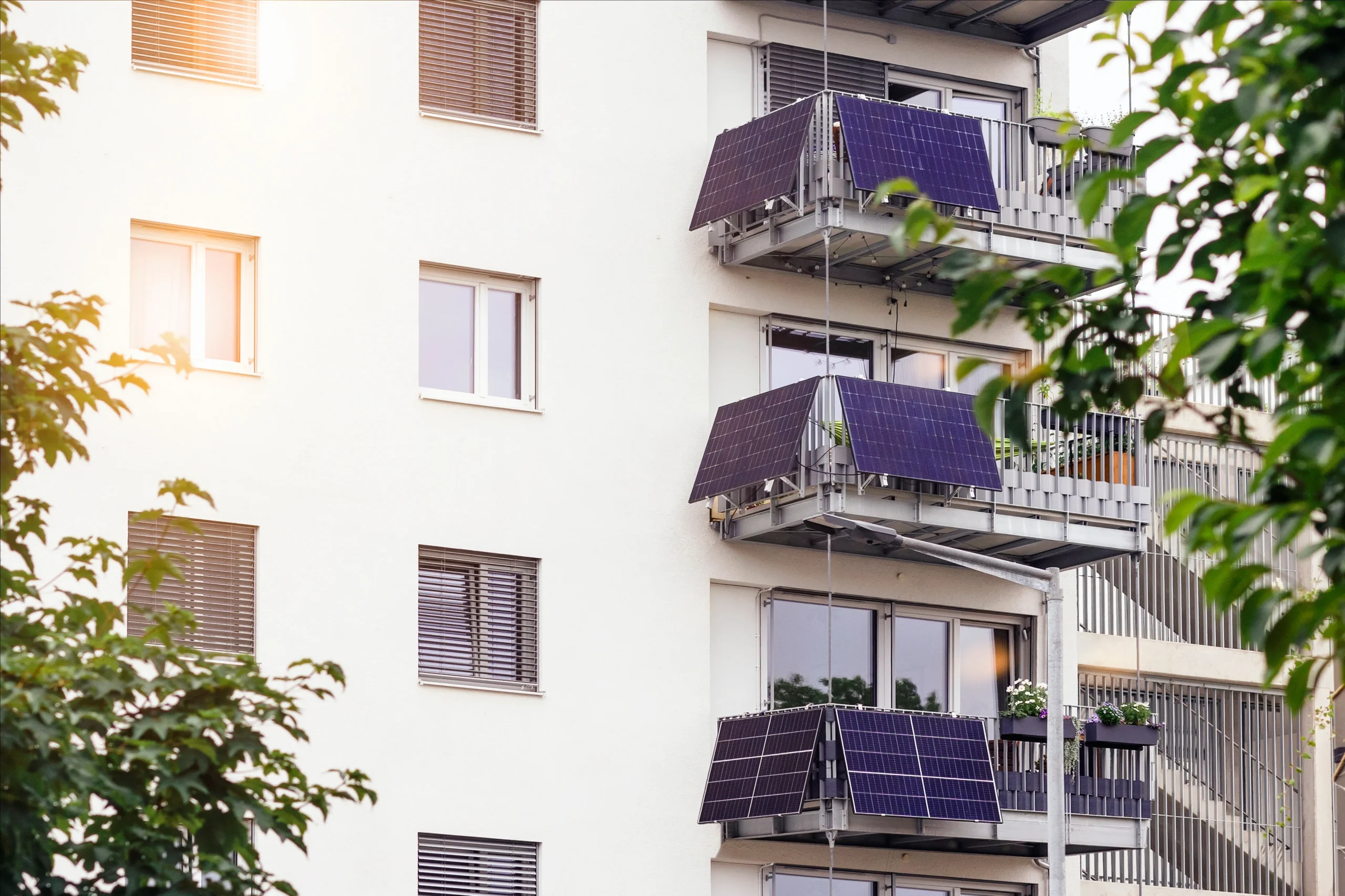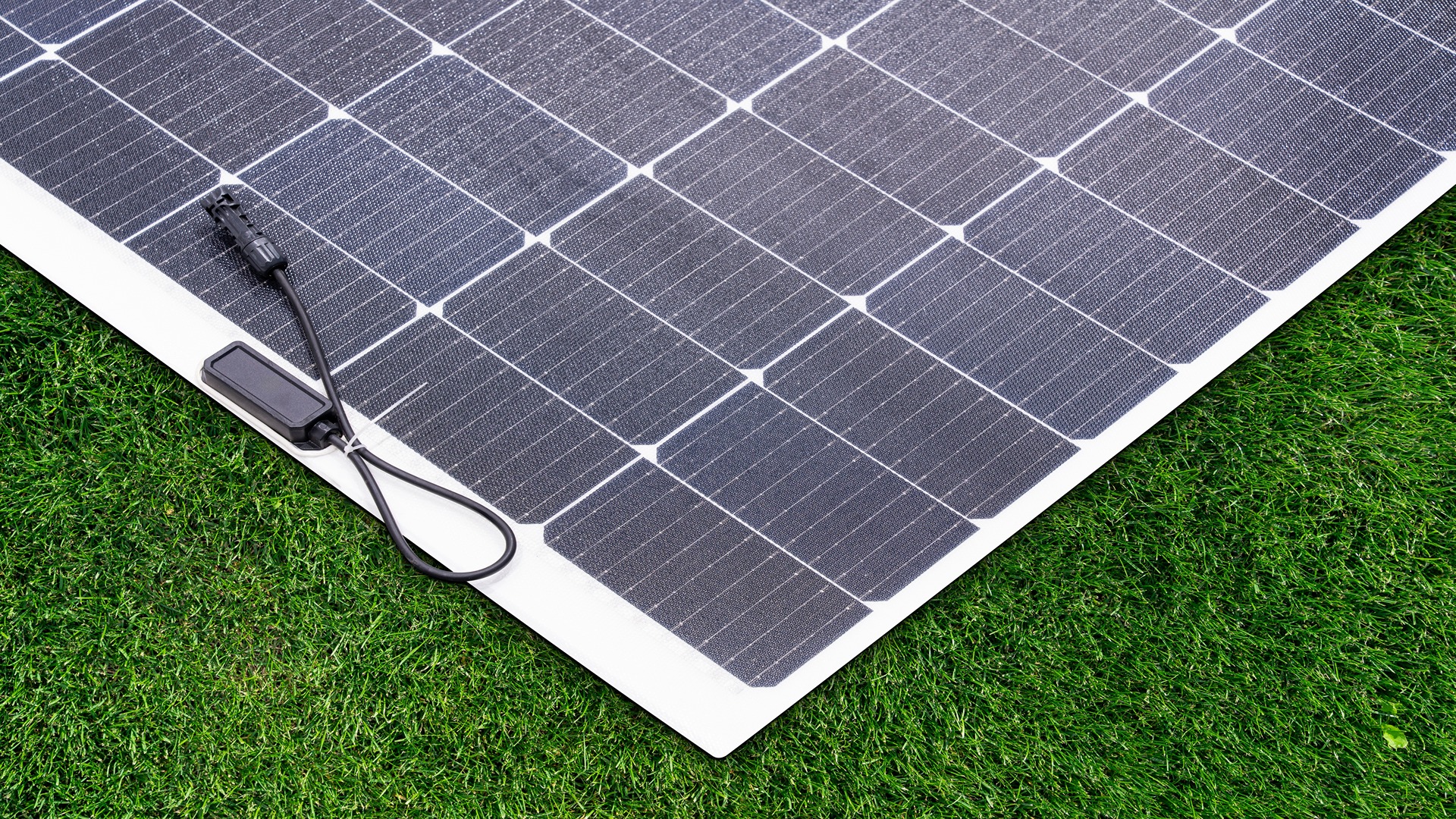Recycling Solar Panels: Durability, Materials & Components

The growing popularity of solar energy has led to an increase in the number of solar panels being disposed of. This creates a serious environmental issue, as a certain solar panel material is not biodegradable.
MIT Technology Review claims approximately 8 million metric tons of defective solar panels will accumulate by 2030.
This and many other issues raise the question: Are solar panels recyclable? Fortunately, most panels are made from materials that can be easily dismantled and reused. So, what materials are we talking about? Read on to find out.
Paradox: Why Recycle Old Solar Panels if They’re Environmentally Friendly?
Solar panels are often touted as environmentally friendly and renewable energy sources, providing an alternative to fossil fuels. Their use is increasing, and many people see them as a straightforward “green” solution.
However, the flip side is that manufacturing, operation, and solar panel recycling have important environmental consequences.
Firstly, solar panel production is associated with extracting and using toxic materials (lead, cadmium, tellurium, etc.).
Secondly, improper solar panels recycling can lead to the leakage of toxic substances into the soil and water. On top of that, solar panels cannot simply be thrown away in the trash and sorted into different bins.
Generating your solar energy requires social and environmental responsibility. That’s why we suggest delving deeper into the recycling process.
Silicon Solar Panel Recycling
As the number of solar power plants increases, so does the number of old solar panels that will eventually need to be recycled. Effective recycling of the silicon is key to ensuring that solar energy remains an environmentally clean source of electricity.
Unlike other materials, silicon solar panels are ideally suited for reuse. Since silicon does not degrade over time, it retains its properties. Additionally, the material is resistant to high temperatures, so thermal processing during recycling is not a problem.

Source: Ars Technica
The solar panel made out of the silicon undergoes various processes during recycling, namely:
- Heating: Silicon solar panels are enclosed in special equipment at temperatures up to 932 °F (500 °C).
- Separation and shredding: Materials that remain are cut into small pieces using a diamond cutter. The mixture is then sifted to separate silicon wafers from another solar panel material.
- Cleaning: Silicon wafers go through a series of chemical baths to remove any impurities.
- Recycling of other materials: Aluminum and glass, which were separated in previous stages, are also recycled.
Find the best solar panel recycling company in your area and get your free solar quote right away!
Thanks to its properties, silicon allows for an impressive level of solar recycling – up to 85%. This means that most of the silicon from used panels can be returned to the production of new ones, creating a closed loop.
Currently, only crystalline silicon solar panels, including monocrystalline and polycrystalline, are truly recyclable. This is because well-established methods for recycling their main components—glass, aluminum, and silicon—exist.
Thin-Film Solar Panel Recycling
The solar panel disposal of thin-film solar panels is more complex and radical. These panels are made from various materials — indium, gallium, or toxic cadmium — and, therefore, have different chemical and physical properties, requiring different recycling methods.
Moreover, thin-film panels have a much thinner layer of photoactive material, hence their name. Such a structure, fragile and sensitive to damage, complicates the disposal of solar panels. Overall, it consists of the following 4 main stages:
| Stage | Description |
| #1. Shredding | Panels are shredded into small pieces, breaking the lamination. |
| #2. Separation | The resulting mixture is divided into solid and liquid components. |
| #3. Liquid processing | Semiconductors are extracted and purified from the liquid (95% recycling). |
| #4. Solid material processing | Solid components are cleaned of impurities and separated into glass (90% recycling) and other materials. |
Thin-film solar panels are becoming increasingly popular. However, due to the complexity of their materials and lack of established and economically viable recycling methods, they still pose a problem for solar recycling.
Organic Solar Panel Recycling
This type is made from organic solar panel material—polymer. Such panels are cheaper and lighter, but their energy conversion efficiency is lower than that of silicon or thin-film panels. Therefore, a very small percentage of people willingly install them.
However, it’s worth noting the easy solar panels recycling of polymers.
Polymeric solar elements may have transparent substrates made of CNC (cellulose nanocrystals) or CNF (cellulose nanofibers). For example, CNC elements can easily be recycled at room temperature. To do this, they are simply placed in water, where the substrate dissolves, and the other components of the solar element are separated as a thin polymer membrane.
How To Dispose of Solar Panels: Monocrystalline and Polycrystalline
In general, the difference in recycling monocrystalline and polycrystalline panels is minor.
Both types of panels can be recycled using similar methods, and the main challenges are related to the efficient separation and processing of different panel components.
So, the recycling process for mono- and polycrystalline panels is similar: dismantling ➔ shredding ➔ separation ➔ solar recycling of components. However, there are certain nuances. Monocrystalline panels contain fewer impurities thanks to cleaner silicon, which slightly simplifies the process.
Despite all the issues associated with the recycling process, solar panel owners are determined to recycle solar panels in the USA in a more eco-friendly manner. But it’s still a long way to master testing for hazardous waste determination, techniques for getting to higher material purities and creating more sustainable and recyclable versions of solar panels.
Which Types of Solar Panels Require 100% Recycling?
It’s no secret that no solar panels are created equal or, in this case, 100% similar, as substances are present in different proportions.
With all this in mind, it is important to ensure proper solar panel disposal and recycling:
- Silicon panels with hexavalent chromium coating that do not meet OSHA standards
- Cadmium telluride (CdTe) panels
- Gallium arsenide (GaAs) panels (arsenic)
- Some thin film panels contain copper and/or selenium
To determine if your solar panel requires special recycling, we recommend contacting the panel manufacturer for information on the used materials.
Remember! Proper solar panels recycling is an essential step in preventing environmental pollution.
Solar Recycling: The Way Forward
Solar panels are more than just an alternative to fossil fuels. It’s an investment in a clean and sustainable future. Although solar panel disposal and production have environmental consequences, a responsible approach makes them one of the most environmentally friendly energy sources.
Here are the three main rules for all solar system owners:
- Don’t discard panels in regular landfills
- Find the nearest recycling center for you
- Contact the solar panel manufacturer for information on proper disposal
Solar recycling is a shared responsibility. Now that you know all the ins and outs of solar panel maintenance, it’s time to take action.
Find the best solar panel recycling company in your area and get your free solar quote right away!
FAQ
What happens to solar panels after 25 years?
The average solar panel life cycle is 25-30 years. After this period, panels lose efficiency and produce less electricity per unit area. Therefore, they require recycling and replacement.
What materials from solar panels need to be recycled?
Solar panels are mainly made from recyclable or reusable materials. Major components such as glass, aluminum frames, copper wires, and plastic junction boxes make up about 80% of the weight and are easily recyclable. Materials like lead or cadmium require special processing.
How are solar panels recycled?
There are generally three main methods of solar panels recycling: reusing equipment for other purposes where maximum production capacity is not needed; mechanical recycling (physically dismantling panels into components); and chemical recycling (separating materials at the molecular level).
Where can I recycle solar panels in Illinois?
Illinois is home to many centers and PV cells recycling companies, such as Interco-A — Metaltronics Recycling, Solar Recycling, SOLAR CYCLE, and others. Thanks to innovative methods and environmental practices, these companies offer the best solar panel recycling in the USA. Contact their representatives to find the best solar panel recycling company.



